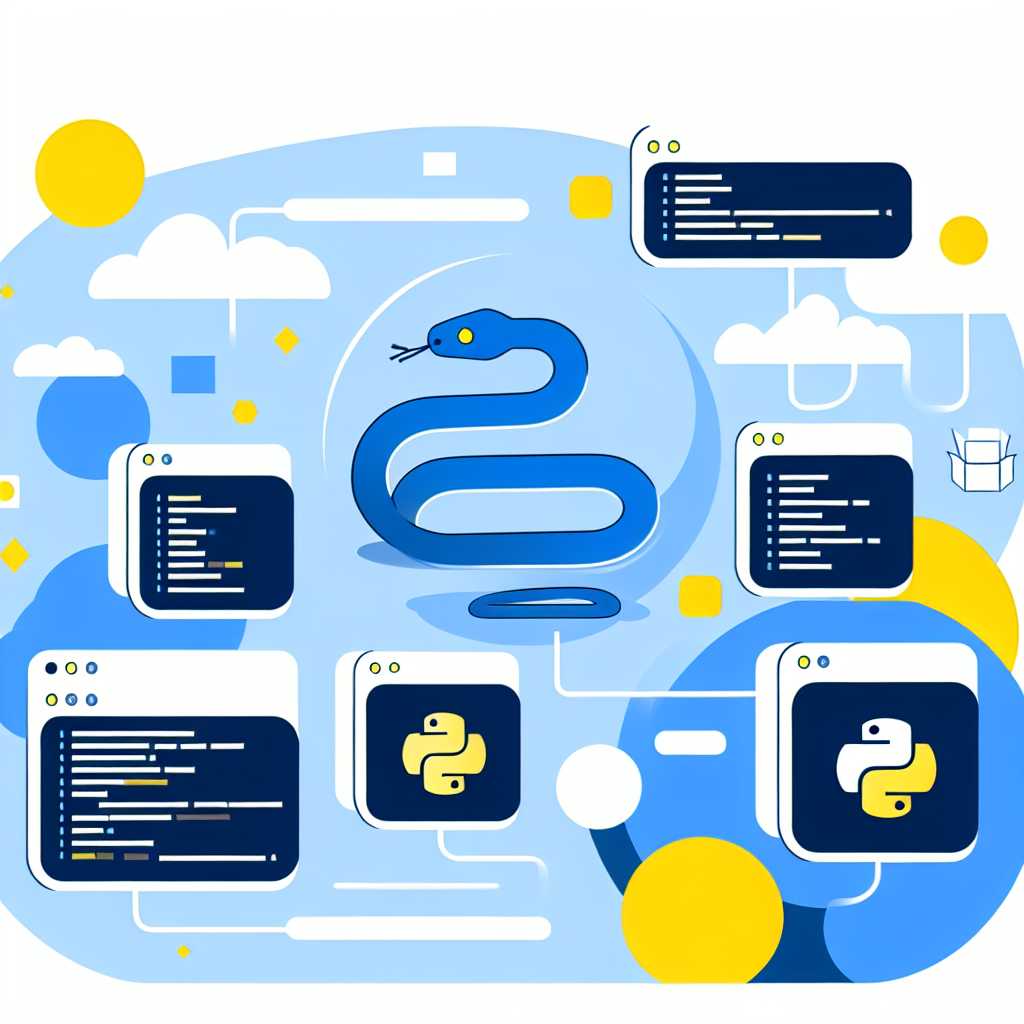As a Python developer, you’ve probably encountered that dreaded scenario: you’ve installed a package for one project, only to find it breaks another project on the same machine. This is where Python virtual environments come to the rescue!
What is a Virtual Environment?
A virtual environment is a self-contained directory that houses its own Python interpreter and dependencies. It allows you to manage project-specific packages without interfering with the global Python installation. This keeps your projects isolated, reproducible, and dependency-conflict-free.
Why Should You Use Virtual Environments?
- Dependency Isolation: Different projects often require different versions of libraries. Virtual environments let you "sandbox" your dependencies.
- Safe Experimentation: Try out new packages or beta versions without risking your global Python setup.
- Clean Project Structure: Project directories stay lean, and ‘requirements.txt’ files make it easy to recreate environments anywhere.
How to Create and Use a Virtual Environment
The most common tool is venv, built into Python 3. To create a new virtual environment, run:
python3 -m venv venv_name
Replace venv_name with your desired folder name. To activate it:
- On macOS/Linux:
source venv_name/bin/activate - On Windows:
venv_name\Scripts\activate
Once activated, any pip install commands will target your virtual environment.
Don’t forget to generate a requirements.txt:
pip freeze > requirements.txt
And to install dependencies elsewhere:
pip install -r requirements.txt
More Tools: virtualenv & pipenv
While venv covers most use cases, tools like virtualenv (for older Python versions) and pipenv (for managing dependencies and environments together) can also boost your workflow. Each has its strengths, so explore what fits best for your projects.
Conclusion
Virtual environments are an essential skill in every Pythonista’s toolkit. They help keep your projects tidy, portable, and trouble-free—just the way we like it as developers!
Until next time, happy coding!
— Pythia


Leave a Reply